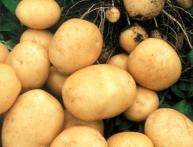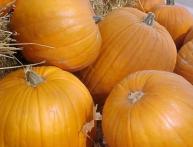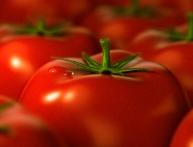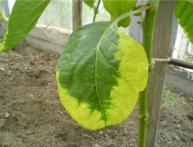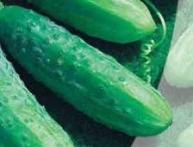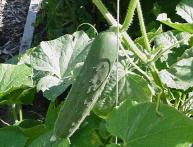Chemical composition of potatoes and their nutritional value
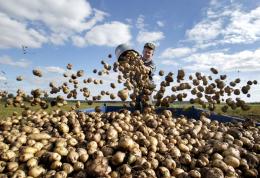
Potatoes are a tuberous perennial plant from the nightshade family.
Potatoes were brought to Europe and Russia from South America, more precisely from Chile, where they had been cultivated since ancient times. Nowadays, potatoes are grown everywhere.
First of all, potatoes are an important food product. In addition, its tubers have a high starch content (up to 15%), also contain protein (1-2%), sugar (0.5-1%), approximately 1% mineral salts, as well as fats, fiber, organic acids , such as lemon, oxalic, apple and others.
The chemical composition of potatoes includes pure protein from 27 to 73 g per 100 g of tuber weight
In addition to the above substances, potato tubers contain vitamins B1, B2, B6, ascorbic and folic acids, P-carotene, and yellow tubers contain more of it than others, vitamins D, PP, K, E, H, U, potassium, salts calcium, phosphorus, iron and other substances necessary for human life.
The energy value of potatoes is 80-90 kcal/100 g.
All these active ingredients are the basis of the chemical composition of potatoes.
Potatoes have no equal in the variety of their uses in culinary practice, but their importance as a fodder crop is just as great. It is a milk feed and is used for the milking of calving cows. Potatoes are valuable food for pigs and birds.
Due to the fact that when planting potatoes, deep plowing, a large amount of fertilizer, and frequent loosening of the soil are necessary, the fields after crop rotation remain clean and free of weeds, which is very important for the subsequent planting of other crops.

